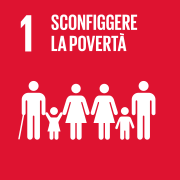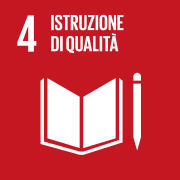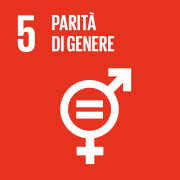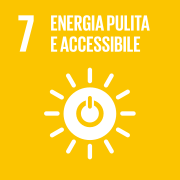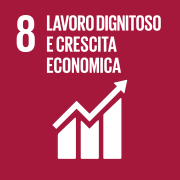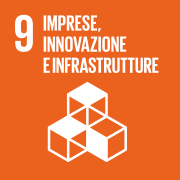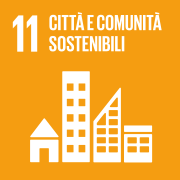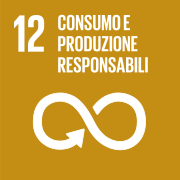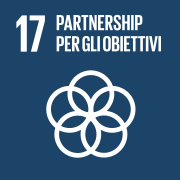
At the heart of the third millennium, a silent but profound crisis has arisen: the loss of epistemic confidence. Peter Fonagy has outlined its fundamental features, linking it to the development of the ability to mentalise. In a context where artificial intelligence increasingly simulates signals of empathy, the risk is that of relying on seemingly authentic relationships but lacking real understanding. This article explores the pre-mentalising modes, the forms of cognitive regression that threaten social cohesion and shared knowledge, and proposes mentalisation as a crucial tool to distinguish the true from the false, the profound from the imitated, to the point of drawing a bridge between Fonagy’s we-mode and the concept of digital sustainability elaborated by Stefano Epifani.
A silent but pervasive crisis: epistemic distrust according to Fonagy
At the heart of the third millennium, beneath the economic, health and environmental crises, lies a deeper crisis: the epistemic crisis. Peter Fonagy, a psychoanalyst and researcher, describes it as an erosion of epistemic trust, i.e. our ability to discern what is trustworthy in the field of knowledge. It is not just a question of doubting official sources, but of losing our compass to orient ourselves in the complexity of the world: who is telling the truth? Who can I trust to understand? The weakening of this trust undermines the foundations of democratic coexistence, learning and change. Fonagy links this crisis to early relational trauma, but also to contemporary social factors such as exclusion, isolation and the uncontrolled dissemination of false information.
Populisms, conspiracies and AI: the new simulacra of trust
Faced with this loss of orientation, many seek shortcuts. Populism offers simple and reassuring answers, often against artfully constructed ‘enemies’. Conspiracy theories give meaning to uncertainty by turning it into a narrative. Social media feed confirmation bubbles, where one only hears what one already thinks.
But today there is one more actor on the scene: generative artificial intelligence. This new technology is able to mimic the signals of human empathy – attention, understanding, contextual response – but without possessing intentionality or consciousness. Fonagy speaks of ‘ostentatious illusions’: our brains, evolved to pick up signals of other people’s interest, can easily be fooled by a chatbot that responds convincingly, but does not really understand. Artificial intelligence validates – that is, confirms what we say – but does not mark, does not challenge, does not introduce discontinuity. Thus it can reinforce false beliefs instead of fostering growth.
Mentalisation: the antidote that helps us distinguish
Mentalisation is the ability to understand one’s own and others’ behaviour in terms of mental states – thoughts, emotions, desires, intentions. It is a complex function that develops in the affectionate and contingent interaction between caregiver and child, and becomes the basis of epistemic trust. Mentalising means being able to say, ‘I know you think I am thinking…’, a mirror game that creates awareness and connection. In a world where AI simulates empathy, mentalisation protects us from confusing appearance with reality. It is through it that we can distinguish a true listening from a programmed response, a connection from a simulation. It is a fundamental tool not only in psychotherapy, but also in public life and digital relationships.
The three traps of the mind: pre-mentalising modes and their examples
According to Peter Fonagy, before the full development of mentalisation – which is only consolidated around the age of 4-5 – children interpret the world through pre-mentalising modalities, primitive but functional forms for interacting with the environment in the absence of a stable representation of their own and others’ mental states. These modes are not completely abandoned with growth: they remain latent in our psychic functioning and can be reactivated in times of stress, trauma, affective disorganisation or in the context of digital relationships, where mentalisation is often hindered or suspended. Understanding these modes helps us recognise when individual and collective thinking regresses, simplifying the complexity of psychic life in the name of certainty or reactivity.
There are three main pre-mentalising modes:
– Psychic equivalence: what I think is reality. In this mode, the internal world is projected onto the external world without any critical filter. The thought is experienced as absolutely true, without the possibility that it is only one of many possible interpretations. Individual example: a teenager who, ignored by a friend on WhatsApp, concludes with certainty that he is hated. Collective example: a community that interprets a healthcare reform as a deliberate attack on its cultural identity, without considering the real motivations or scientific evidence.
– Teleological mode: only what has a concrete, tangible and observable effect is considered real. This is the mode of the young child who assesses the existence of the affective bond only if the parent makes concrete gestures (picks up, fixes an object, physically consoles). In the absence of these actions, love or attention is considered absent. Individual example: a child drops a toy to see if the parent picks it up, as confirmation of interest. In adult life, this may manifest as the belief that ‘if you don’t do something for me, you don’t care about me’. At the collective level, this mode is reflected in the claim to receive efficient public services without contributing tax: the social bond is only recognised if it produces an immediate benefit, ignoring the invisible or structural processes that support it.
– Pretend mode : one speaks of emotions or thoughts in a manner disconnected from actual experience. It is a form of pseudo-mentalisation in which affective contents are emptied of authenticity and used as a script. The person may appear to be reflective, but is not really connected to what they feel or think. Individual example: saying ‘I am happy for you’ without believing it, just because it is deemed socially appropriate. Collective example: public or corporate campaigns proclaiming values such as inclusion, empathy or sustainability, without these principles being reflected in concrete practices.
These modes, if not recognised and transformed through mentalisation, can become rigid forms of functioning that feed binary thinking, suspicion or dependence on external responses. In digital contexts, where authentic bodily and relational signals are absent, they find particularly fertile ground.
Mentalisation in the clinic and society: a bridge between self and others
In the clinical setting, mentalisation has demonstrated a significant impact in the treatment of complex disorders such as borderline, antisocial and eating disorders. Mentalisation-based psychotherapies (MBT) not only focus on the content of the story, but also help the person to observe and understand their own emotions and those of others. On a broader level, digital tools that stimulate self-reflection – such as intelligent digital diaries – can promote everyday mentalisation, counteracting automatisms, acting out and rigid identifications.
An innovative example in the digital sphere is the My Smart Diary project, which stimulates patients with eating disorders to reflect on their emotions, thoughts and behaviour through an interactive and guided interface, helping to cultivate the ability to mentalise and providing therapists with mentalisation profiles.
From ‘me’ to ‘we’: we-mode and digital sustainability
Fonagy proposes the concept of we-mode, a cognitive and affective mode in which the subject does not think only as an individual, but within a relational network. It is the way in which we collaborate, share goals, construct common meanings. In an increasingly personalised and polarised digital world, the transition from me-mode to we-mode is a crucial challenge for epistemic health and social cohesion.
The concept of digital sustainability elaborated by Professor Stefano Epifani also fits into this perspective, according to which technological innovation cannot be separated from its social, relational and cultural impact. A technology is sustainable only if it improves the quality of human relations and contributes to creating contexts of trust, cooperation and shared growth.
Fonagy’s we-mode and Epifani’s digital sustainability converge on an essential point: the need to refocus the use of technology not on individual performance, but on building meaningful bonds. It is no longer enough for the machine to work: it must contribute to a world in which feeling understood is not an algorithmic illusion, but an authentic, human, shared possibility.
